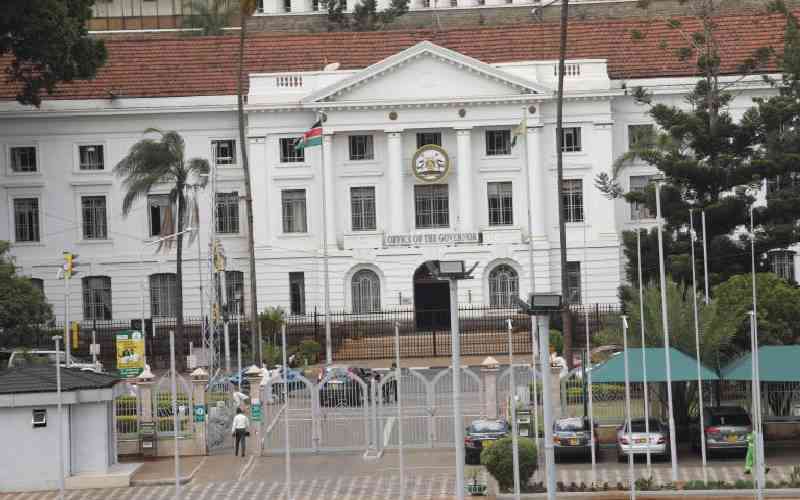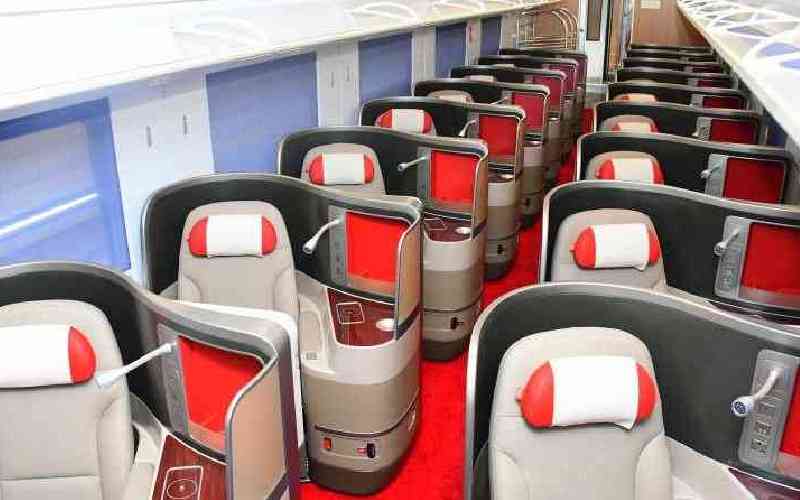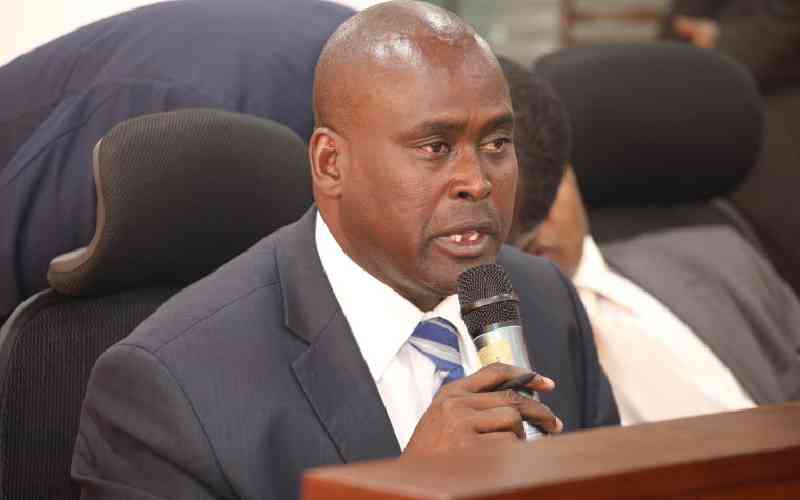BY MACHARIA KAMAU
KENYA: Here are some of what is ongoing:
Konza Technopolis
The public-private partnership technology city has been projected to cost Sh800 billion and is expected to create 200,000 jobs, mostly in Business Process Outsourcing and IT Enabled Services (BPO-ITES) and other sectors in 20 years. The city, located 35km south of Nairobi, is expected to position Kenya as among the major technology hubs in Africa.
Jomo Kenyatta International Airport
The face of JKIA is expected to change radically once the Sh56 billion Green Field project is complete. Planned for 2017 commissioning, JKIA will have the capacity to handle over 20 million passengers annually, more than three times the current 6 million passengers.
Already, the Sh9 billion Unit 4 is nearing completion after it was fast-tracked following a fire outbreak mid-this year.
The Standard Gauge Railway
The Sh1.2 trillion project snaking its way through Kenya, and into Uganda and Rwanda will be the largest infrastructure project undertaken by Kenya thus far. Scheduled for completion in 2017, it is expected to reduce transport costs by over 60 per cent.
Lamu Port South Sudan-Ethiopia Transport (Lappset) project
The planned transport corridor has been projected to cost Sh2.5 trillion, which makes it the largest infrastructure project not just in Kenya but the region.
The project consists of putting up a second port at Manda Bay in Lamu with a capacity of 23 million tonnes of cargo per year at a cost of Sh297 billion. It will also entail the construction of Sh119 billion road, a Sh603 billion standard gauge railway and a Sh340 billion oil pipeline, all of them from Lamu to Addis Ababa and to Juba.
There will also be an oil refinery in Lamu and three resort cities along the corridor (at Lamu, Isiolo and Lokichoggio) complete with own airports.
Oil pipeline
There are plans by the Kenya Pipeline Company to build a new 450km pipeline running from Mombasa to Nairobi. The new pipeline is expected to run alongside the current 35 year-old pipeline, that supplies petroleum products to the capital and which is then pumped further to Nakuru, Eldoret and Kisumu.
Stay informed. Subscribe to our newsletter
The planned Mombasa-Nairobi line will link with the existing Nairobi-Eldoret line.
In addition, there is planned a Kenya-Uganda Refined Petroleum Products pipeline, to be extended from Eldoret to Kampala via Malaba. The construction of the pipeline comes at a time when both Uganda and Kenya have made huge oil discoveries.
Power generation
The country plans to increase by four-fold its electricity generation capacity over the next 40 months.
The Energy ministry has launched an ambitious programme to grow electricity generation capacity by 5,000 megawatts to over 6,600MW. Currently, the country produces slightly over 1,600MW from a mix of hydro, geothermal, wind and thermal generation sources.
Broadband connectivity via cable
The East African Marine System (Teams) cable is quoted as the best example of a public-private partnership project by some quarters. Built at a cost of Sh11 billion (US$130 million), the 5,000km cable that runs on the ocean floor between Mombasa and Fujairah in the UAE has tremendously improved connectivity, speeds and communications since late 2009.
Road infrastructure/Thika Road/ bypasses
The 50km road between Nairobi and Thika has transformed from a motorist’s pain to a joy.
The refurbishment — which was more like building the road anew — from a two lane to an eight lane superhighway cost Sh30 billion.
In addition, there are other efforts expected to significantly improve traffic flow within and around Nairobi that include the building of bypasses.
The Eastern and Northern Bypasses are already complete. The Northern Bypass is a 25km road that links Kiambu Road to Ruiru and cost Sh8.5 billion while the Eastern Bypass, linking Mombasa Road and Thika Road at Cabanas (along Mombasa Road) and Ruiru, is 25km.
Work on the 28.6km four-lane dual carriageway Southern Bypass that diverts traffic from Uhuru Highway to Kikuyu has started at a cost of Sh17 million.
The Port of Mombasa
It might be notoriously inefficient, a factor that has made the cost of doing business in Kenya high but it is also among the major infrastructural works in Kenya. KPA has in the recent past tried to expand the facility and this year saw commissioning of the Berth 19, which will increase the cargo handling capacity by 200,000 TEUs. It has also dredged other berths to enable them handle larger vessels.
 The Standard Group Plc is a
multi-media organization with investments in media platforms spanning newspaper
print operations, television, radio broadcasting, digital and online services. The
Standard Group is recognized as a leading multi-media house in Kenya with a key
influence in matters of national and international interest.
The Standard Group Plc is a
multi-media organization with investments in media platforms spanning newspaper
print operations, television, radio broadcasting, digital and online services. The
Standard Group is recognized as a leading multi-media house in Kenya with a key
influence in matters of national and international interest.
 The Standard Group Plc is a
multi-media organization with investments in media platforms spanning newspaper
print operations, television, radio broadcasting, digital and online services. The
Standard Group is recognized as a leading multi-media house in Kenya with a key
influence in matters of national and international interest.
The Standard Group Plc is a
multi-media organization with investments in media platforms spanning newspaper
print operations, television, radio broadcasting, digital and online services. The
Standard Group is recognized as a leading multi-media house in Kenya with a key
influence in matters of national and international interest.








